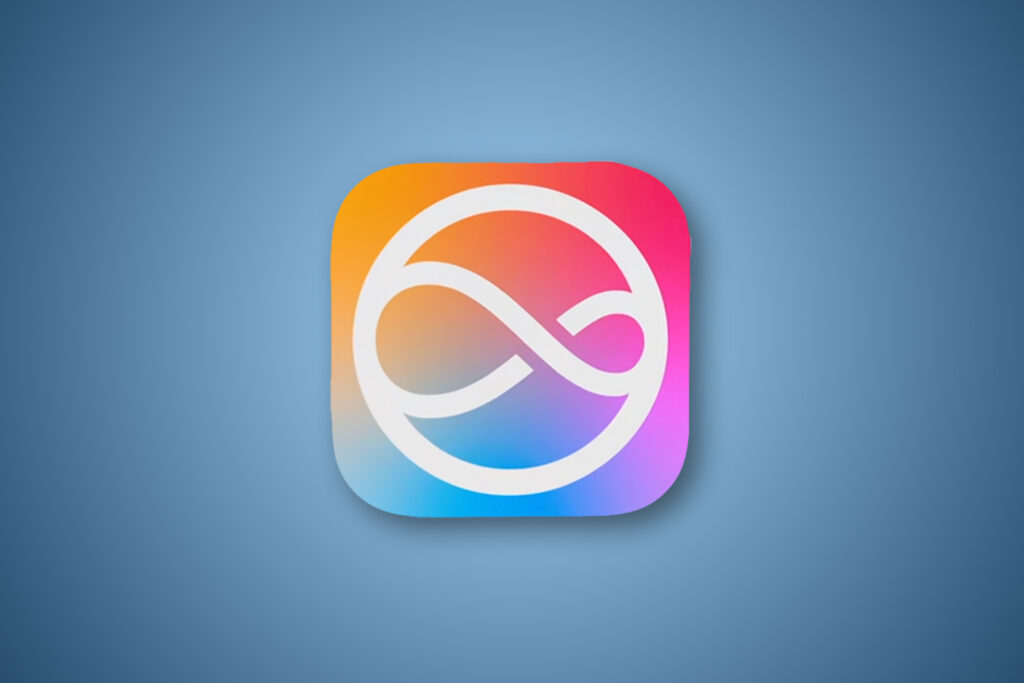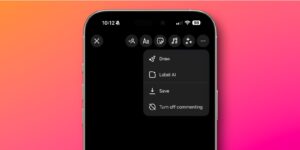There may be no company more patient than Apple

Apple, it’s often been pointed out, generally isn’t the first to enter a specific product category. Take, most recently, the reports that Apple’s working on a version of Siri backed by large language models that’s not expected to be announced until next year before rolling out to users sometime in 2026.
Does that feel a little late when other rivals are showing off products like these now? A bit, but the truth is Apple is a bit like a wizard, arriving neither early nor late but precisely when it means to.
It’s not the first time, either. The personal computer, the digital music player, the smartphone…these are all markets that the company arguably defined, even though its entrants often came years after its competitors.
That philosophy has been baked in since the company’s earliest days, and yet it’s one that has only gotten more entrenched over time because the company’s large balance sheet allows it to take these kinds of risks.
Dan Moren
Vision of the future
Just this past week, I stumbled across a perfect of example of Apple’s slow but steady development. At the beginning of my career writing about Apple (almost two decades ago, yikes) I wrote for Macworld’s now-defunct MacUser blog. My colleague Jason Snell recently shared with me an Internet Archive link for the site and as I scrolled down memory lane, I came across a surprising story about an Apple patent, accompanied with a familiar-looking image (see above).
A recently uncovered patent, filed by Apple in February, reveals that they may be working on a wearable display that can simulate the experience of being in a virtual environment with the help of intelligent sensors. Apparently, these sensors will be able to detect movements of the head and even the eye, adapting the video accordingly to make the wearer feel like he’s actually in a real environment.
The diagram in question sure looks like a prototype Apple Vision Pro, but the story in question was from November 2008, a patent that it references dating to even earlier that year. Now, Apple files a lot of patents and not all (not even most) of them make their way into real products, but there is something astounding about the idea that it took 15 years for Apple to develop a concept into a shipping device, one that still feels ahead of its time.
Now, of course, part of the impediments there were surely technological–the screens in the Vision Pro simply didn’t exist in 2008. But the point remains that when Apple does find an idea compelling, it’s happy to keep working on it–quietly–until it feels the time is right.
The Apple Vision Pro was more than 15 years in the making.
Thiago Trevisan/Foundry
Turn off the TV
If you want to really drive the point home (pardon the phrase), there’s no better example than Apple’s automotive ambitions. The company sank a full decade of work into its car project only to eventually throw the whole thing out. By necessity, the corollary to waiting until the time is right is that if the project is never going to be right, then there’s an end date.
Again, that’s not something that every company can or would do, but it’s a luxury that Apple’s tremendous amount of money affords.
Another great example that’s recently reared its head one again: the suggestion that Apple may be considering taking a run at a television set. This is the stuff of perennial Apple rumors, second only to the defunct car, fueled in no small part by a timeworn excerpt from Walter Isaacson’s Steve Jobs biography in which the late Apple CEO claimed to have “finally cracked it.” As good as the Apple TV and its confusingly named TV app are, there’s some skepticism as to whether that’s what Jobs was actually talking about.
While it’s certainly possible that Apple could be working on a television set and has been for all this time, it’s far more likely that this project has gone the way of the Apple Car: kiboshed before it could roll off the assembly line. That may be disappointing, but Apple would far rather put out no product than put out one that it couldn’t stand behind.
The hub of the universe
Some ideas, though, go on the shelf only to get plucked off again at a later date as focus and budgets allow. For example, Apple is now said to be close to delivering a “smart home command center”, not dissimilar from devices sold by Amazon and Google.
But the Echo Show and Google Nest Hub (née Home Hub) debuted in 2017 and 2018, respectively, the latter being the same year that Apple’s own screen-less smart speaker, the original HomePod, was released. That it might take Apple seven years to deliver what its competitors were already doing is amongst the slowest of burns, but given that neither of those products have managed to capture the market, the company may have been wise to bide its time.
Although Apple may not be the first to market, the company does demonstrate unrivaled patience in how it develops its products. That may not please every user (or, certainly, many of the investors who want the company to deliver world-changing devices now now now), but with the company’s track record, it’s harder to argue that its products aren’t usually worth the wait.



